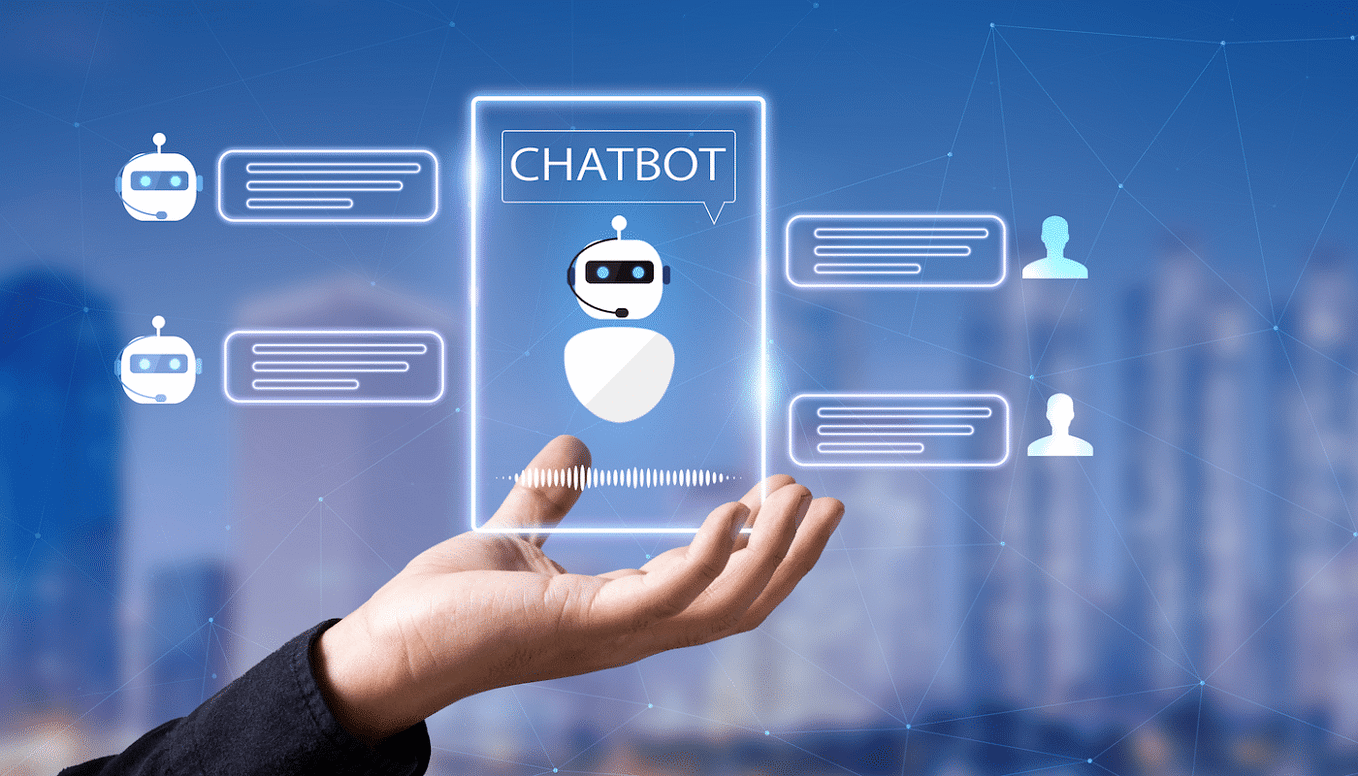
- TechnaCore Ai
AI-Powered Chatbots vs. Human Support: Finding the Right Balance
Artificial Intelligence (AI) has transformed the way businesses interact with their customers. Among the most impactful innovations are AI-powered chatbots, which provide quick, automated, and personalized responses to customer queries. However, while automation improves efficiency, the human touch in customer support remains irreplaceable for building trust and resolving complex issues.
This raises an important question for organizations: How can businesses find the right balance between AI-powered chatbots and human support? In this article, we will explore the strengths and limitations of both, and provide insights into creating a hybrid model that ensures maximum customer satisfaction.
The Rise of AI-Powered Chatbots
Chatbots are no longer just FAQ tools; they are now intelligent virtual assistants powered by Natural Language Processing (NLP) and Machine Learning (ML). These AI-driven systems can understand context, analyze intent, and even predict customer needs.
According to industry reports, over 80% of businesses are expected to integrate chatbots by 2026 as part of their customer support strategy. The reasons are clear: chatbots deliver instant support, reduce operational costs, and scale customer service without needing massive human resources.
Key benefits of AI chatbots include:
- 24/7 Availability: Customers can get help anytime, anywhere.
- Faster Response Times: Instant answers to repetitive or simple queries.
- Cost Savings: Reduction in staffing costs while handling thousands of queries simultaneously.
- Consistency: Standardized responses ensure customers receive accurate information.
- Data-Driven Insights: Chatbots collect customer data to improve personalization and future interactions.
The Value of Human Support
While chatbots are effective for repetitive queries, human agents play a crucial role in customer support. Businesses must recognize that empathy, critical thinking, and relationship-building are qualities that automation cannot fully replicate.
Why human support still matters:
- Emotional Intelligence: Humans can understand customer frustrations and respond empathetically.
- Complex Problem-Solving: Certain issues require advanced reasoning and negotiation.
- Trust Building: A personal connection reassures customers that they are valued.
- Flexibility: Humans can adapt responses to unique or unusual situations.
For example, when a customer faces an unexpected billing error, a chatbot might struggle to interpret the scenario accurately. In such cases, a skilled human agent can handle the conversation more effectively by offering personalized solutions and reassurance.
Common Challenges with AI Chatbots
Although chatbots are powerful, they are not flawless. Companies often face these challenges:
- Limited Understanding of Context: AI may misinterpret complex queries.
- Lack of Emotional Depth: Chatbots cannot genuinely empathize with customers.
- Customer Frustration: Over-reliance on bots may irritate users who prefer human interaction.
- Maintenance and Training: AI models require continuous updates to remain effective.
Businesses must be mindful of these challenges to avoid negative customer experiences.
The Hybrid Approach: Best of Both Worlds
The most successful companies are not choosing between AI chatbots or humans, but rather combining both. A hybrid model ensures that routine queries are automated, while complex cases are escalated to human support agents.
Best practices for creating a balanced model:
- Define Clear Handoff Points: When a chatbot cannot resolve a query, it should seamlessly transfer the conversation to a human agent.
- Train Chatbots for Specific Use Cases: Focus automation on repetitive, predictable queries like order tracking, account updates, or FAQs.
- Empower Human Agents with AI Tools: Provide customer service teams with AI-powered recommendations, sentiment analysis, and historical data for better decision-making.
- Personalize Experiences: Use AI for initial interactions and data collection, then allow humans to step in for relationship-driven conversations.
- Collect Feedback: Regularly assess customer satisfaction with both chatbot and human interactions to refine processes.
This balance not only optimizes efficiency but also enhances customer satisfaction and loyalty.
Case Study: AI + Human Collaboration
A mid-sized e-commerce company implemented a hybrid support system:
- Chatbots handled 70% of common queries (order status, delivery times, returns).
- Complex issues, such as refund disputes or product complaints, were escalated to human agents.
The result? Customer response times decreased by 60%, operational costs were reduced by 30%, and overall customer satisfaction increased significantly.
This example highlights how businesses can achieve scalability without losing the human touch.
The Future of Customer Support
As AI technology evolves, chatbots will become more advanced, capable of voice recognition, sentiment analysis, and hyper-personalization. However, no matter how sophisticated AI becomes, human empathy and judgment will remain essential in customer interactions.
The future lies in human-AI collaboration, where chatbots handle efficiency and speed, while human agents provide compassion and trust. Businesses that strike this balance will stand out in customer experience and long-term brand loyalty.
Conclusion
Finding the right balance between AI-powered chatbots and human support is essential for modern businesses. While chatbots bring efficiency, speed, and scalability, human agents contribute empathy, critical thinking, and trust-building. A hybrid model that combines both ensures customers receive fast, reliable, and emotionally intelligent support.
Organizations that embrace this collaborative approach will not only improve customer satisfaction but also create a sustainable customer support strategy that evolves with technology.
